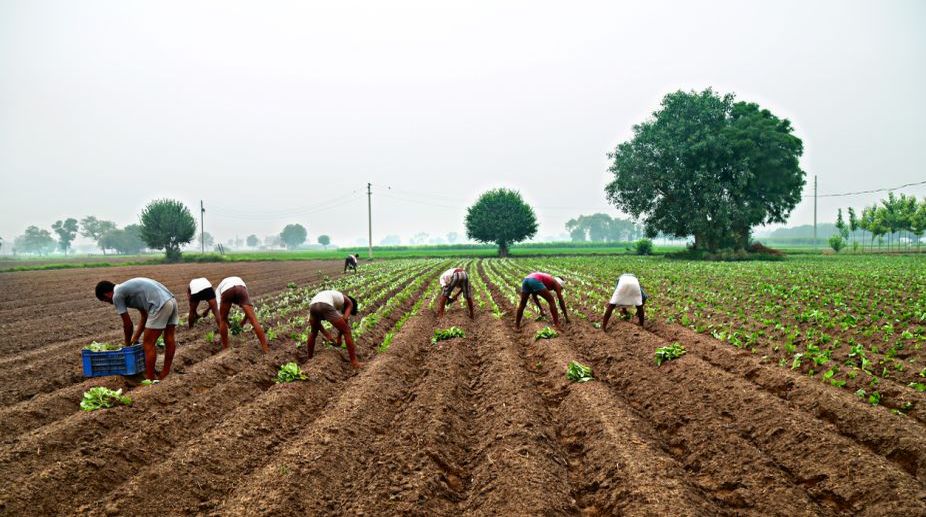Himachal minister approaches speaker invoking anti-defection law against 3 MLAs
The three MLAs' petition is pending in the high court against the Speaker for not approving their resignation from the State Legislative Assembly.

[Representative image Photo: Getty]
Asafoetida (Heeng) farming may finally see the light of day with trials for the crop schedule to begin in cold tropic areas of Himachal Pradesh, for which efforts were being made since the last 5-6 years.
Areas like Pangi in Chamba district, Kinnaur and Lahaul Spiti districts have a conducive environment for growing costliest spice and it could significantly change the economy of farmers in these districts.
The one kg of pure asafoetida can fetch around Rs 35,000 to Rs 40,000 in the market. In addition, the production of asafoetida in the country would also reduce the dependence on other countries.
Advertisement
Former scientist and Coffee Board of India member, Vikram Sharma is distributing the seeds for cultivation in the state and said the commercial farming has long been neglected in the state as well in the country.
“India consumes around 40 percent of total production of asafoetida worldwide but no government in the past made any efforts for its cultivation,” he told The Statesman.
Sharma, who had managed to import Heeng which are otherwise hard to procure, said he had been approaching the government since the last 2-3 years for the cultivation.
“But I am getting a lukewarm response from the officials,” he said, adding he had even written to Prime Minister’s office for urging Himalayan states to take up spice’s farming.
Indian states of Jammu and Kashmir, Uttarakhand and Himachal Pradesh have the same cold desert type of climatic conditions that are found in countries as Iran, Afghanistan and Turkey and are necessary for its cultivation.
Asafoetida is used in spices and medicines in India and besides this, the international value crop has high demand in pharmaceutical sector. “It’s farming would definitely improve the economy of farmers as the crop could be grown amidst other horticultural crops,” he added.
It is worthwhile to mention here that the self-pollinating asafoetida plant is native of higher altitude regions or in cold deserts and the crop is generally harvested during the period from August to October.
Heeng or Asafoetida is extracted from the roots of the plant by carefully placing a cut on the rhizome part of the root once the stem is uprooted, then the milk that oozes out of the rhizome is collected and carefully stored in plastic containers. This is the real asafoetida which is very rarely found in the Indian markets in its purest form.
The milk of asafoetida is generally sun dried either by the farmers or by companies dealing in this product and then is mixed with other edible items like starch and gum and packaged and sold in the market.
Advertisement